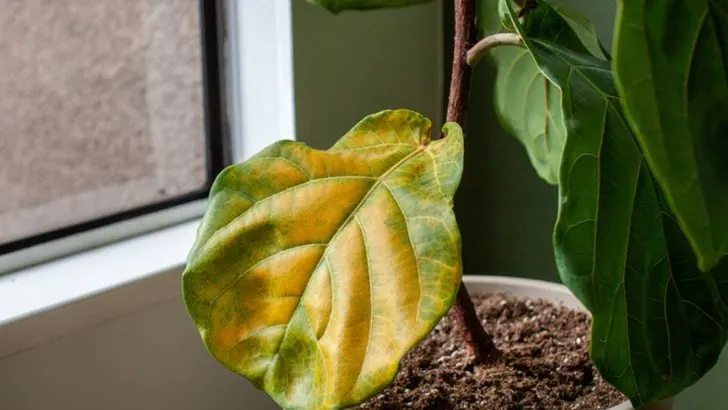A thriving garden starts with healthy soil, but how can you tell if your soil is actually supporting your plants? Sometimes the clues are right in front of you — from stunted growth to yellowing leaves, your garden may be sending clear signs that it’s time for a soil test.
In this article, we reveal 12 common signs that your garden could benefit from a soil analysis, along with simple tips on how to test it correctly. Understanding what’s going on underground can help you fix nutrient imbalances, improve drainage, and grow stronger, healthier plants.
Don’t guess — test! Give your garden exactly what it needs to thrive from the ground up.
Stunted Plant Growth
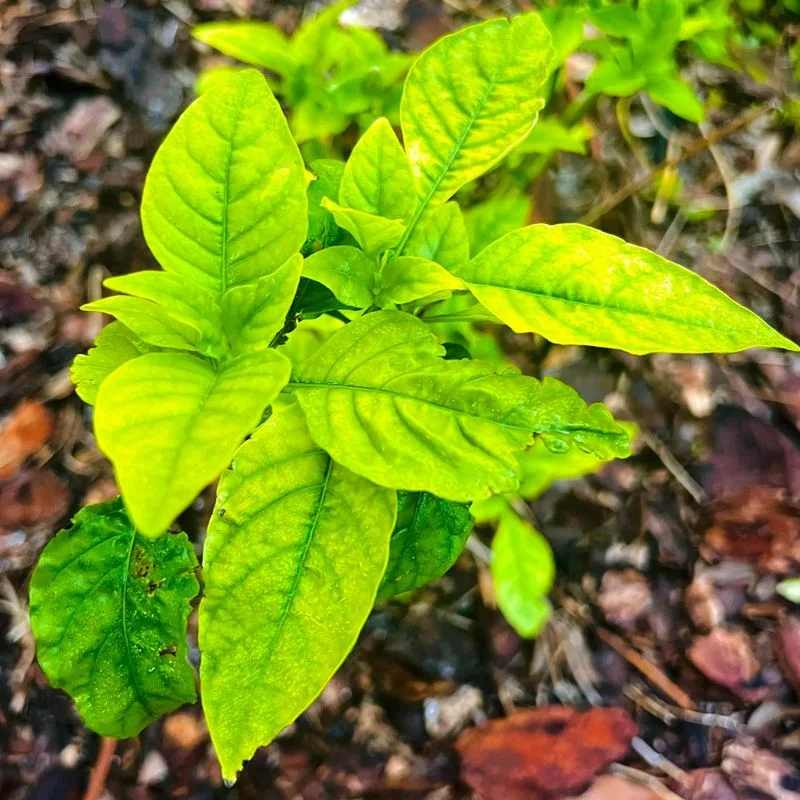
Plants that seem to refuse to grow, no matter how much you care for them, might be screaming for help. When growth appears halted, and leaves lack vibrancy, a nutrient deficiency could be the culprit. Stunted plants can be misleading; they may look healthy initially but fail to thrive over time. Before you blame your green skills, consider that the soil’s pH might be off or vital nutrients are missing. Conducting a soil test can pinpoint exactly what your plants are missing, enabling you to amend the soil correctly.
Yellowing Leaves
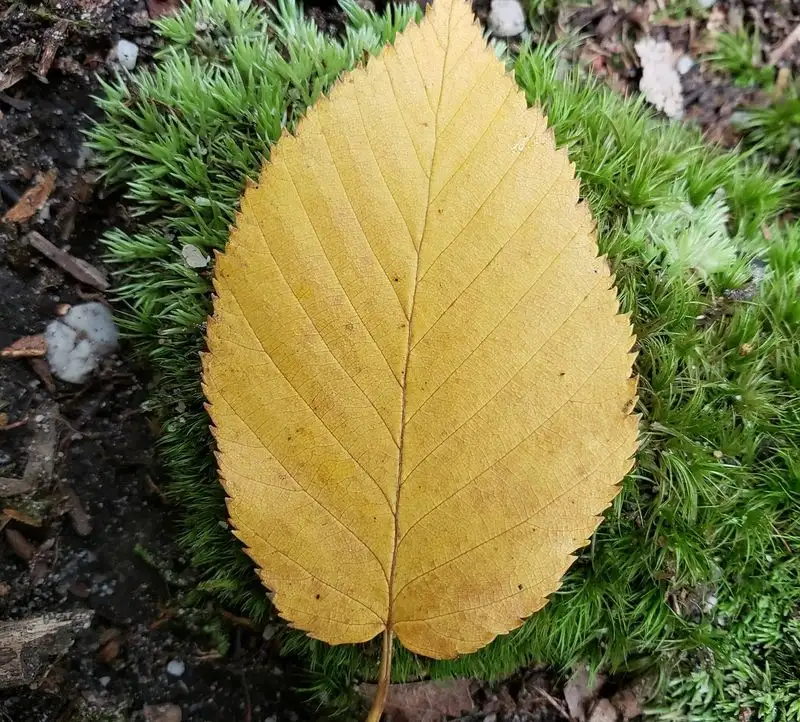
Leaves should be a vibrant green, a clear indicator of a plant’s health. When they start turning yellow, it’s often a sign of nutrient imbalance, usually nitrogen, iron, or magnesium. This coloration change is more than cosmetic; it signals that the plant is struggling to photosynthesize efficiently. While watering habits and pests can be factors, a soil test can specifically diagnose nutrient deficiencies or pH imbalances. This allows for targeted fertilization, ensuring your plants receive the right nutrients for optimal growth and health.
Poor Drainage
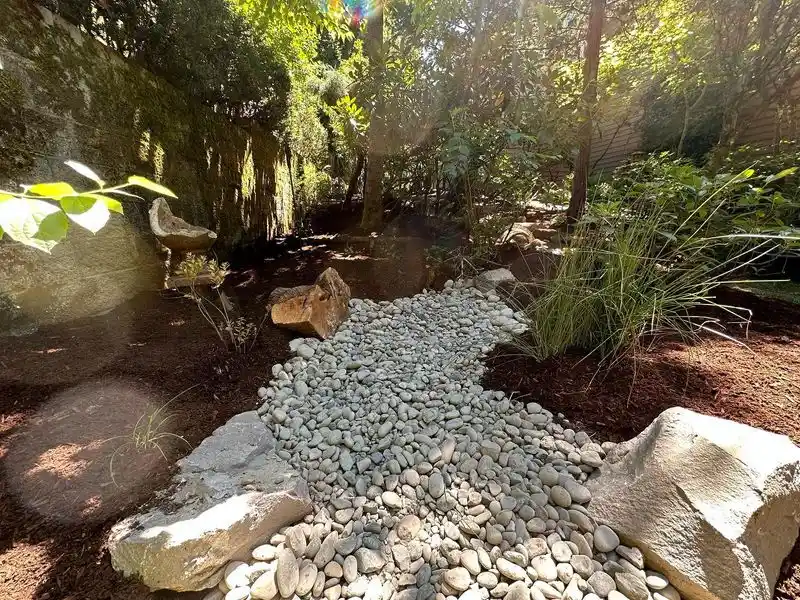
Standing water or soggy soil after rainfall might seem harmless, but poor drainage stifles root oxygen access and invites root rot. Gardens need well-aerated soil for roots to breathe and thrive. Poor drainage often points to heavy clay content or organic matter imbalance. A soil test can reveal soil composition, allowing you to amend it with sand or organic matter for better permeability. Improving drainage enhances plant resilience and growth, turning soggy patches into thriving garden sections.
Unusual Plant Wilting
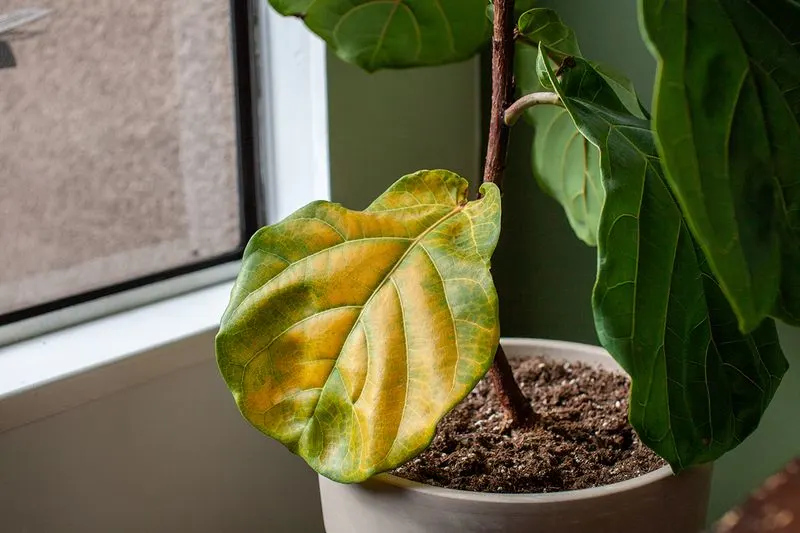
Plants wilting despite adequate watering is a perplexing sight. This wilting might indicate compacted soil or a root issue rather than water scarcity. Compacted soil restricts root growth and nutrient uptake, mimicking drought conditions. By testing your soil, you can uncover whether the soil structure is the underlying issue. Aerating the soil and enhancing organic matter content can rejuvenate your garden, helping plants to stand tall and healthy once more.
Fungal Growth
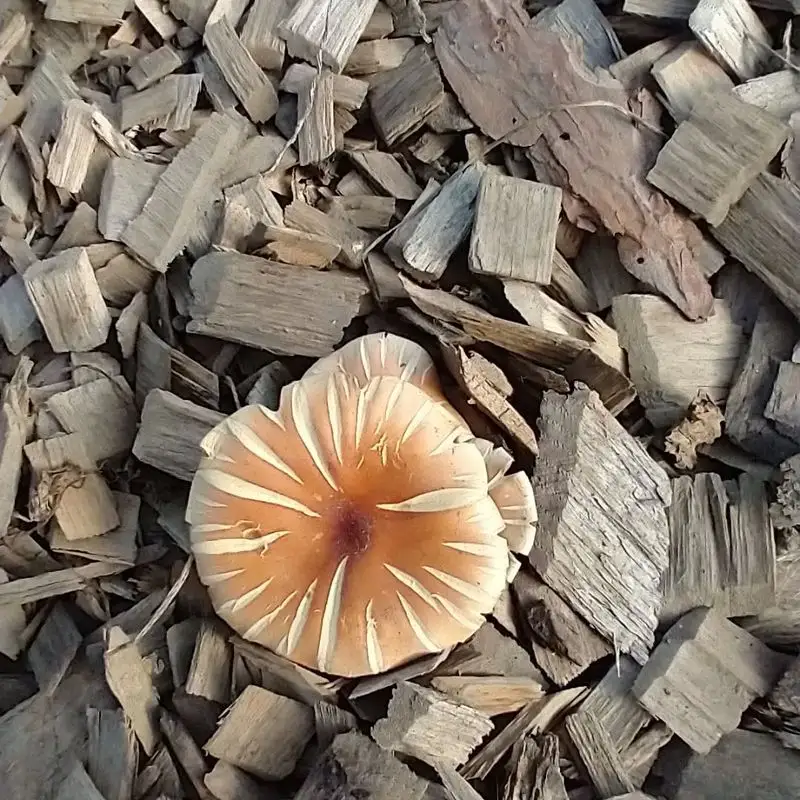
While a few mushrooms can add character, a plethora of fungal growth suggests high organic matter or moisture levels. Excessive fungus can compete with plants for nutrients and indicate imbalances that might cause other issues later. A soil test can help assess the organic content and moisture levels, guiding you to adjust composting habits or soil amendments. Balancing organic matter ensures your plants have the nutrients they need without fungal competition.
Persistent Weeds
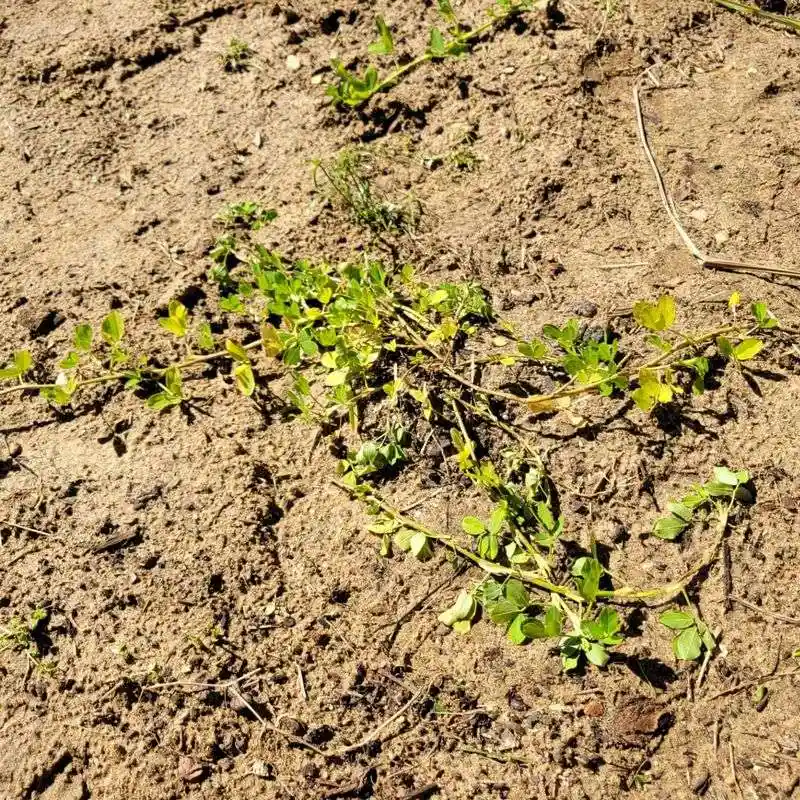
A garden teeming with weeds can be more than just an aesthetic issue; it indicates nutrient imbalances or poor soil conditions. Weeds often thrive where desirable plants struggle, exploiting available resources to your plants’ detriment. Conducting a soil test can reveal deficiencies or pH imbalances that make your garden a weed haven. With this information, you can amend the soil to promote healthy plant growth while discouraging weeds, reclaiming your garden’s beauty.
Soil Crusting
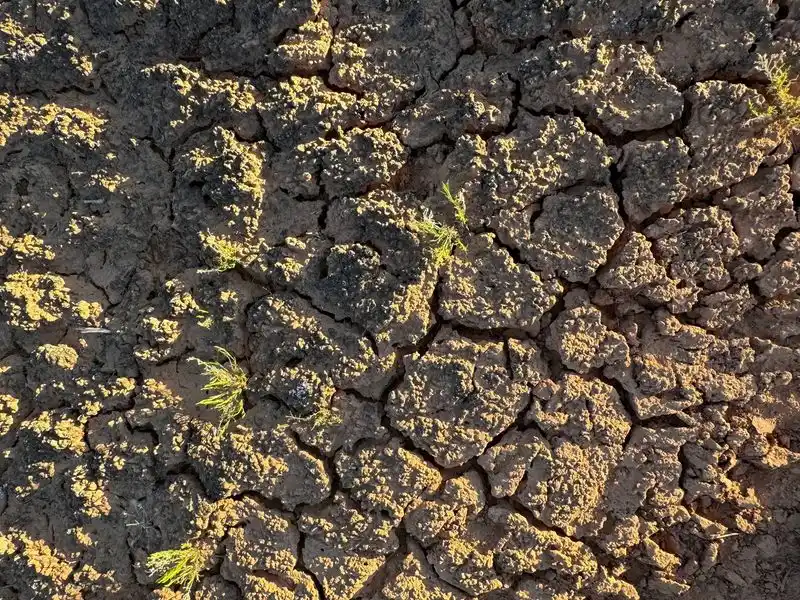
Crusty soil can feel like stepping on a dry sponge, making it difficult for water and air to penetrate. This crusting often results from poor soil structure or low organic matter content. It hampers seedling emergence and root expansion. A soil test can identify underlying issues, allowing you to amend the soil with organic matter or sand to improve texture and permeability. By addressing soil crusting, you ensure a supportive environment for plant roots to explore and grow.
Acidic or Alkaline Soil
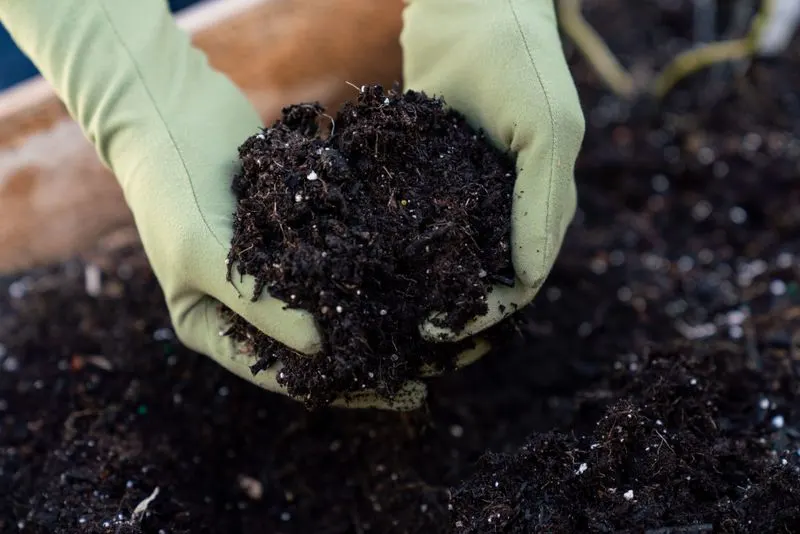
Plants are picky about their living conditions, and soil pH plays a crucial role. Too acidic or alkaline, and your plants may struggle to absorb nutrients, despite their abundance. This imbalance could manifest as poor growth or unusual leaf coloration. Testing your soil’s pH gives you a clear picture of its suitability for your plants. With this data, you can amend acidic soils with lime or alkaline soils with sulfur, tailored to your plant’s needs, fostering healthier growth.
Nutrient Deficiencies
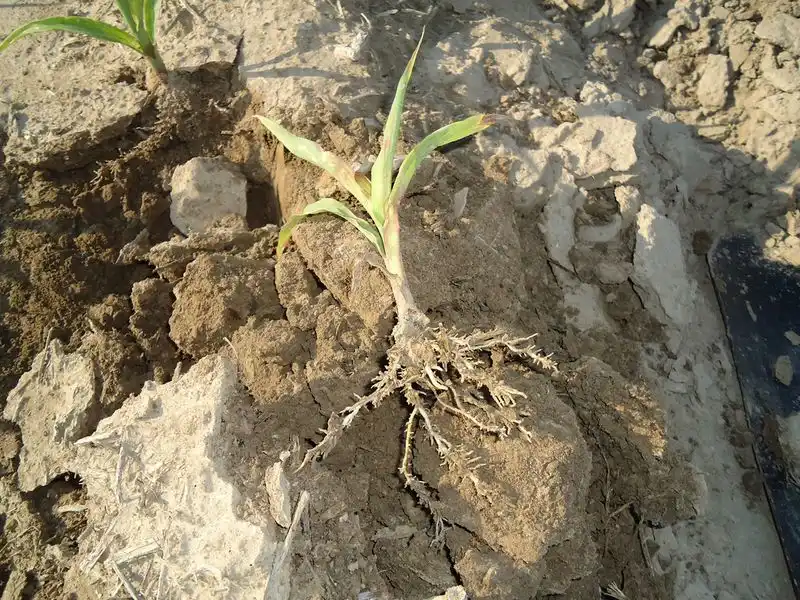
Even with regular fertilization, plants might display nutrient deficiencies. Factors like leaching, improper pH, or competition can hinder nutrient availability. Symptoms such as discolored leaves or stunted growth are common. A soil test is like a health check-up, revealing the hidden deficiencies and guiding you to the appropriate nutrient adjustments. By tailoring your approach based on test results, you can provide plants with the nutrients they need for lush, vibrant growth.
Salty Soil
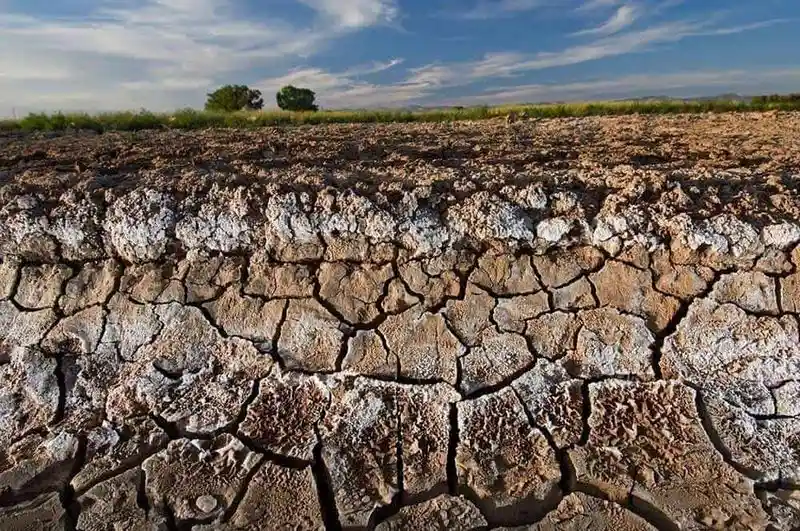
White crusts on soil surfaces tell tales of high salt levels, which can dehydrate plants and disrupt nutrient uptake. Salinity might arise from irrigation water, fertilizers, or natural soil composition. Beyond stunting growth, it can lead to leaf burn or even plant death. A soil test can measure salinity levels, guiding you to mitigate the problem through leaching or selecting salt-tolerant plants. Addressing salinity restores your garden’s vitality and ensures a welcoming environment for diverse plant life.
Erosion Issues
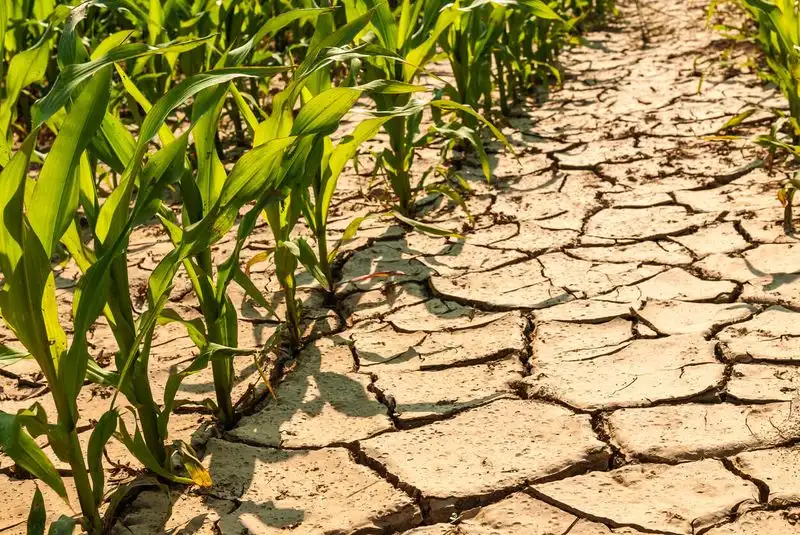
Erosion can strip your soil of nutrients and organic matter, leaving behind barren patches where plants struggle to survive. It often results from heavy rains or poor soil structure. A soil test can inform you about the soil’s composition and erosion susceptibility, guiding adjustments to improve structure and retain nutrients. By tackling erosion, you create a stable foundation for plant life, reducing the risk of nutrient loss and enhancing soil health.
Insect Infestations
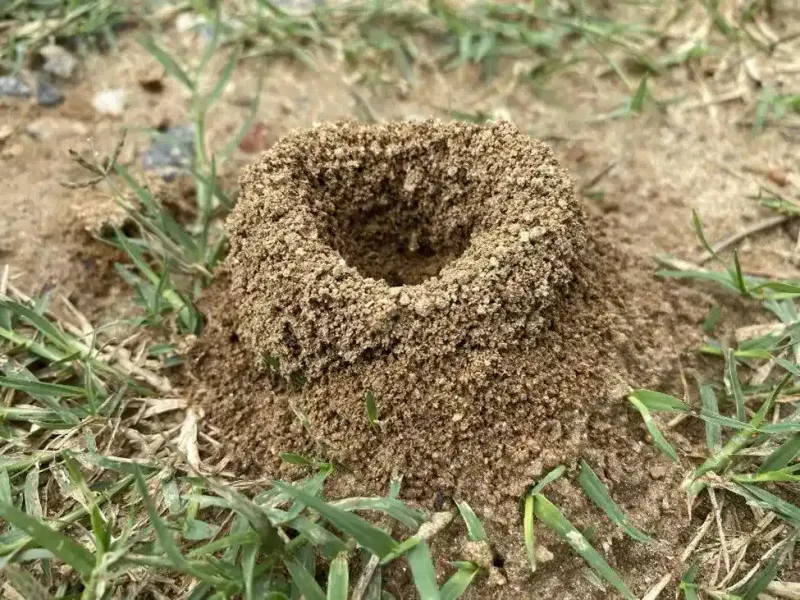
Insects making a meal of your plants might hint at deeper soil problems. Unbalanced nutrients can weaken plant defenses, making them more susceptible to pests. While pest control is necessary, understanding the soil’s condition is equally crucial. Conducting a soil test can identify underlying nutrient or pH issues that contribute to infestations. By rectifying these imbalances, you strengthen plants’ natural defenses, reducing their attractiveness to pests and promoting a healthier, more resilient garden.

